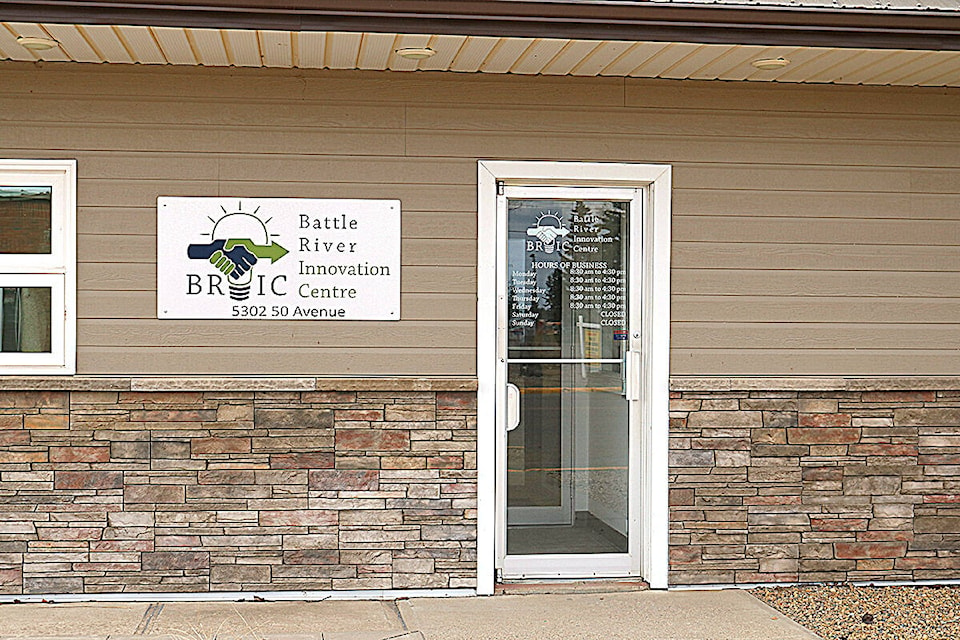A half-dozen people attended a recent solar information seminar at the Battle River Innovation Centre (BRIC) in Castor.
The 90-minute seminar was facilitated by Solar Alberta executive director Heather MacKenzie.
During the presentation, MacKenzie discussed everything from how solar works, to the benefits of adding solar to one’s home, and how to find an installer.
“Solar used to be seen as very risky,” said MacKenzie.
“It’s now seen as a logical and necessary component.”
MacKenzie differentiated the different types of solar generation: thermal and photovoltaic (PV). She noted that particularly in the northern reaches of Alberta, PV panels can be very effective as they just rely on the light from the sun, unlike thermal panels, which rely on power generated from the sun’s heat.
“Solar PV really likes light,” said MacKenzie.
“It’s not about heat.”
According to MacKenzie, under current legislation in the province, household solar systems are deemed to be “microgenerators.”
A microgenerator is a solar system which produces under 5 megawatts of electricity; they can be installed on homes but they must be sized to meet the needs of the homes. A homeowner can’t purposely install an oversized power system with the sole purpose of selling power back to the grid.
MacKenzie noted during her presentation that solar systems can help year-round, but a grid connection is still likely required, particularly in the winter months, during summer months those costs are often offset when the electricity generated is more than what is used and the extra is sold back to the grid.
Something making solar more attractive to many, according to MacKenzie, is that the cost of solar has come down around 90 per cent in the last decade, making them cheaper to install and operate than traditional electrical generation.
“They are very low in terms of operation and maintenance,” said MacKenzie.
One individual attending the solar seminar noted that they had already added solar to their home and wanted to emphasize that without a battery backup system, even with solar when the grid goes down they lose power as well.
MacKenzie noted that some homes, in lieu of a battery backup, are equipped with a switch allowing their homes to draw power off of electric vehicles if owned.
A typical home system will cost between $10,000 and $30,000 to install and pay for itself in between seven and 15 years. Most systems, according to MacKenzie, are warrantied for 25 years but can last up to 40 years, though individual results will vary based on location and weather extremes.
While no long-term studies have been looked at in Canada, MacKenzie says that a study out of the United States shows that a home solar system can add four per cent of resale value to a home as it is considered a “long-term improvement.”
Before concluding, MacKenzie discussed some green-home incentives and loans available through the federal government.
To find out more information on solar power, check out the Solar Alberta website at solaralberta.ca.
